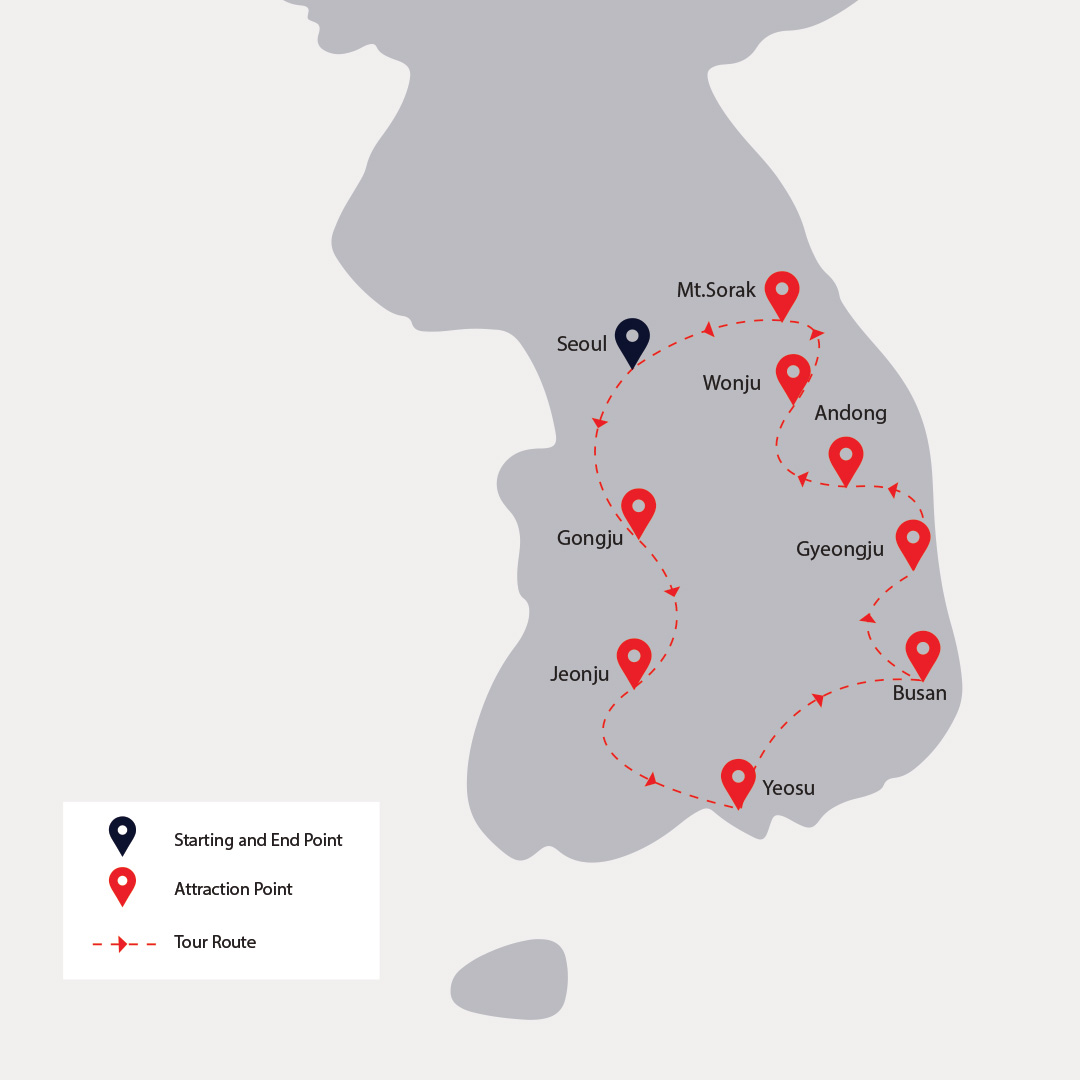Day 1: Australia to Seoul
In Flight to Seoul from Australia
Meals: N/A
Accommodation: N/A
Day 2: Arriving in Seoul
Upon arrival at Incheon International Airport, met our representative and transferred to the Hotel(Hotel check-in is available after 14:00). The rest of the day is free at your leisure.
Meals: N/A
Accommodation: Swiss Grand Hotel or Similar
Day 3: Seoul
After breakfast, Visit Gyeongbokgung Palace(Deoksu Palace on Tue) The Royal Guard Changing Ceremony, National Folk Museum, Korean Ginseng Center. After lunch, we’ll visit Korean Folk Village (an hour and half drive away from Seoul) ,you may experience the culture of the late Joseon Dynasty, It’s huge village that has about 260 different types of house of each province
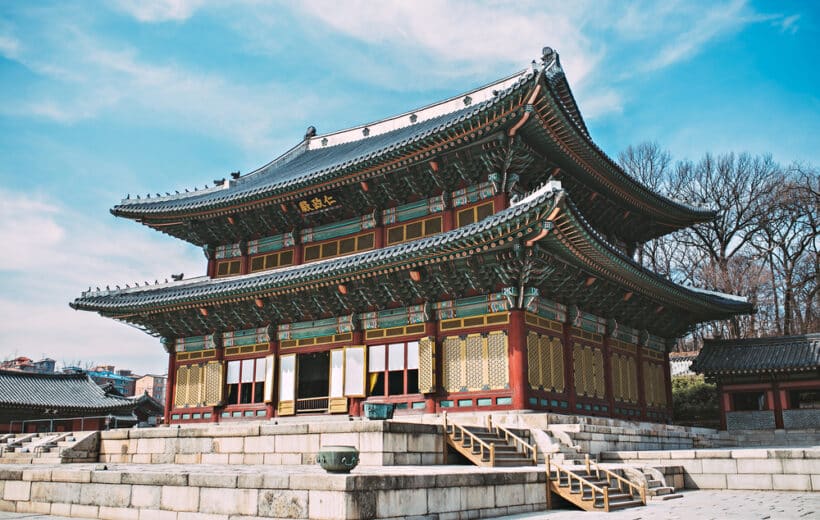
Meals: Breakfast
Accommodation: Swiss Grand Hotel or Similar
Day 4: Gongju – Jeonju
Depart Seoul to Gongju, (130Km/1.5hours) , We’ll visit The Tomb of King Muryeong(UNESCO) , the tombs of the Baekje Dynasty. The seven tombs located on the southern slope of Songsan Mountain are of Baekje kings including King Muryeong.

Among the seven royal tombs, three were excavated west of a valley (Nos. 5-6, tomb of King Muryeong), and four, in the northeast (Nos. 1-4). These six were excavated during the Japanese colonial rule, while the royal tomb of King Muryeong was found in 1971 during the repair work for Nos. 5-6.
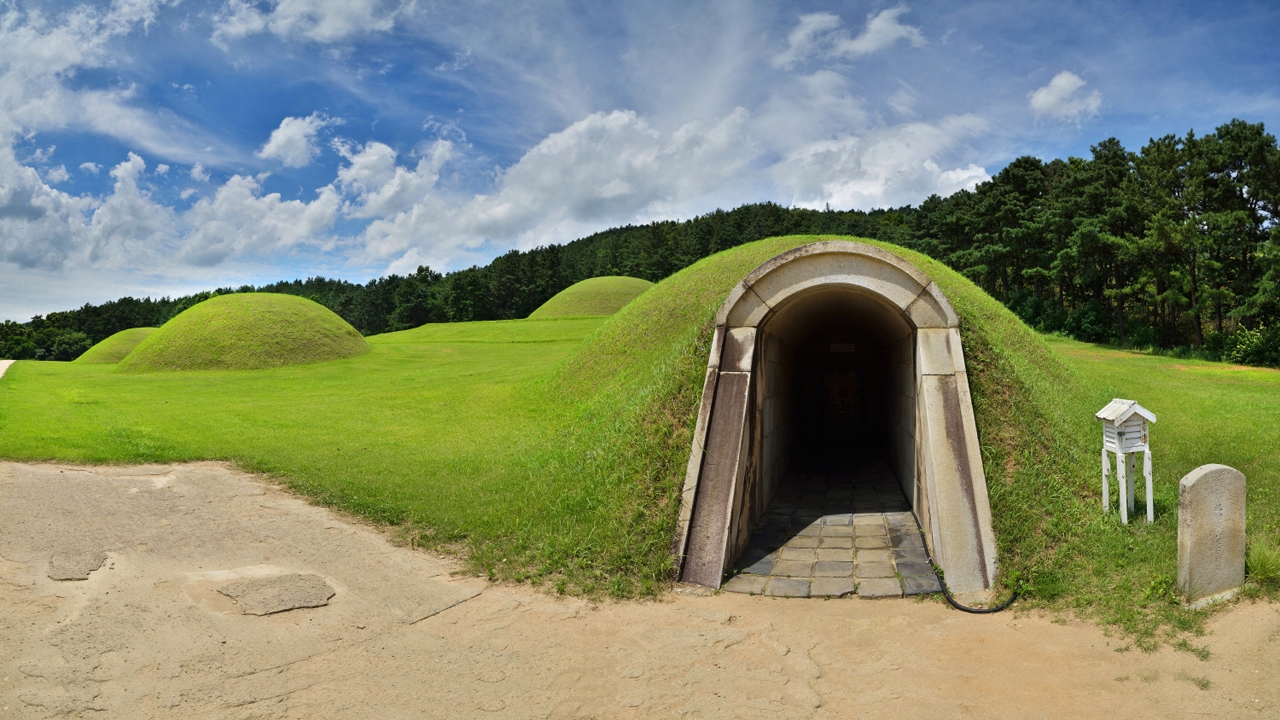
Gongsanseong Fortress(UNESCO) which is a mountain castle which was established during the Baekje Period (234-678). The fortress is more than 2.6 kilometers long at 110 meters above sea level. Built using earthen fortifications during the Baekje dynasty, the fortress was strengthened during the Joseon dynasty with stones.
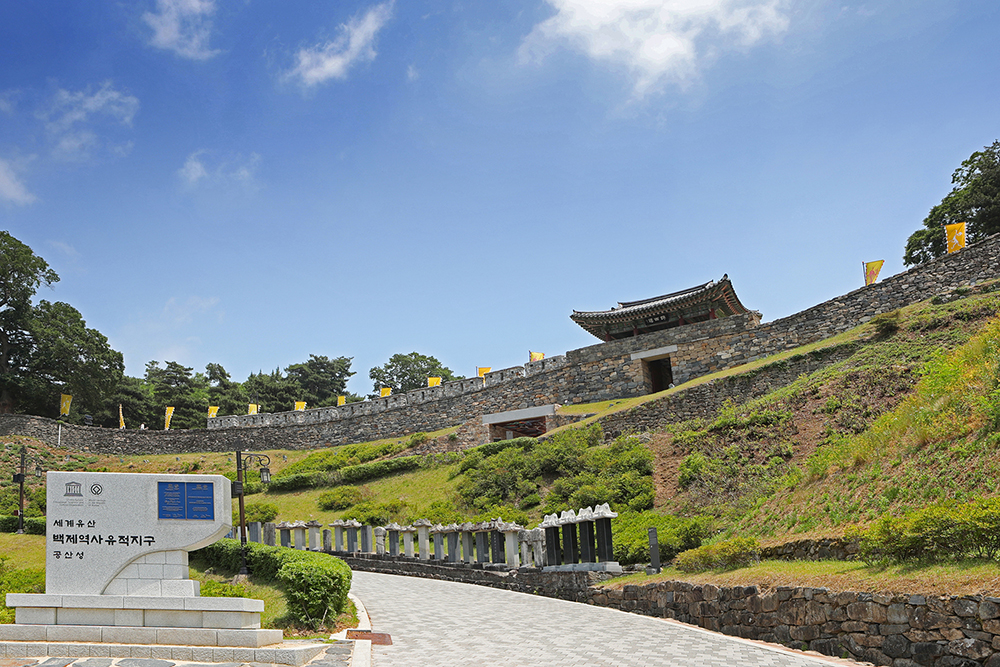
After it, head to Jeonju (80Km/1 hr) to visit JeonjuHanok Village which includes about 700 traditional Korean houses called Hanok
Meals: Breakfast
Accommodation: Jeonju Lahan Hotel or similar (4 STAR)
Day 5: Jeonju – Gwangju – Suncheon Yeosu
After Breakfast, Visit Gwangju (100km / 1hr 20min), the leading city of Honam region and the birthplace of a modern democratic movement in Korea next, the May 18th National Cemetery, which is a symbol of freedom and democracy. The cemetery holds the graves of 764 victims of the May 18th Democratic Uprising in 1980, seven structures, and many monuments.
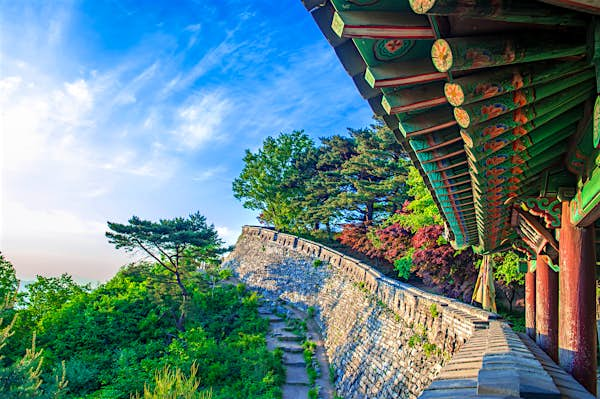
Heading to Suncheon (100km/ 1hr) where you will visit Suncheon Bay Garden then we move to Yeosu, a port city, and look around the Historic Site of Admiral Yi Sun-sin’s Path.
Meals: Breakfast
Accommodation: Ramada Plaza by Wyndham Yeosu or similar (4 STAR)
Day 6: Yeosu – Busan – Gyeongju
After Breakfast, Visit Jinjuseong Fortress, historically linked to the Japanese invasion in 1592. The reinforced stonewall has a circumference of approximately 1,760 meters, 5-8 meters in x_height, and contains three wells and springs.

According to Ha Ryun’s Seongmungi in Donggukyeojiseungnam Record, the fortress was frequently destroyed during invasions and was reinforced by Jinju’s minister, Kim Jung-gwang during the fifth year of Goryeo Woo King’s reign (1379). After that, take the train to Busan (100 km/1.5hrs), When arrive at the station, Head towards Jagalchi- Fishery Market, Busan’s largest seafood market, and Discover Haeundae Beach and Dongbaek Park.

Meals: Breakfast
Accommodation: Commodore Hotel Gyeongju or similar
Day 7: Gyeongju – Andong – Pyeongchang
After Breakfast, Visit Unesco World Heritage Seokguram Grotto,
Seokguram Grotto is a hermitage that is part of the Bulguksa temple complex. The grotto overlooks the Sea of Japan (East Sea) and rests 750 meters above sea level. It holds some of the best Buddhist sculptures in the world, including the main Buddha. Construction lasted from 742 to 774.
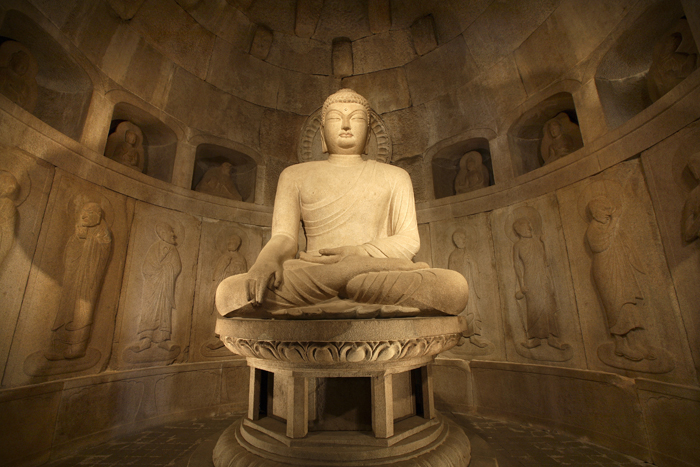
The nearby Bulguksa Temple is the most famous Buddhist temple in Korea and the home to a number of important relics from the Silla period, including most obviously the two stone pagodas Tabot’ap and Sokkat’ap. It also dates from the 8th century but has been rebuilt on a number of occasions
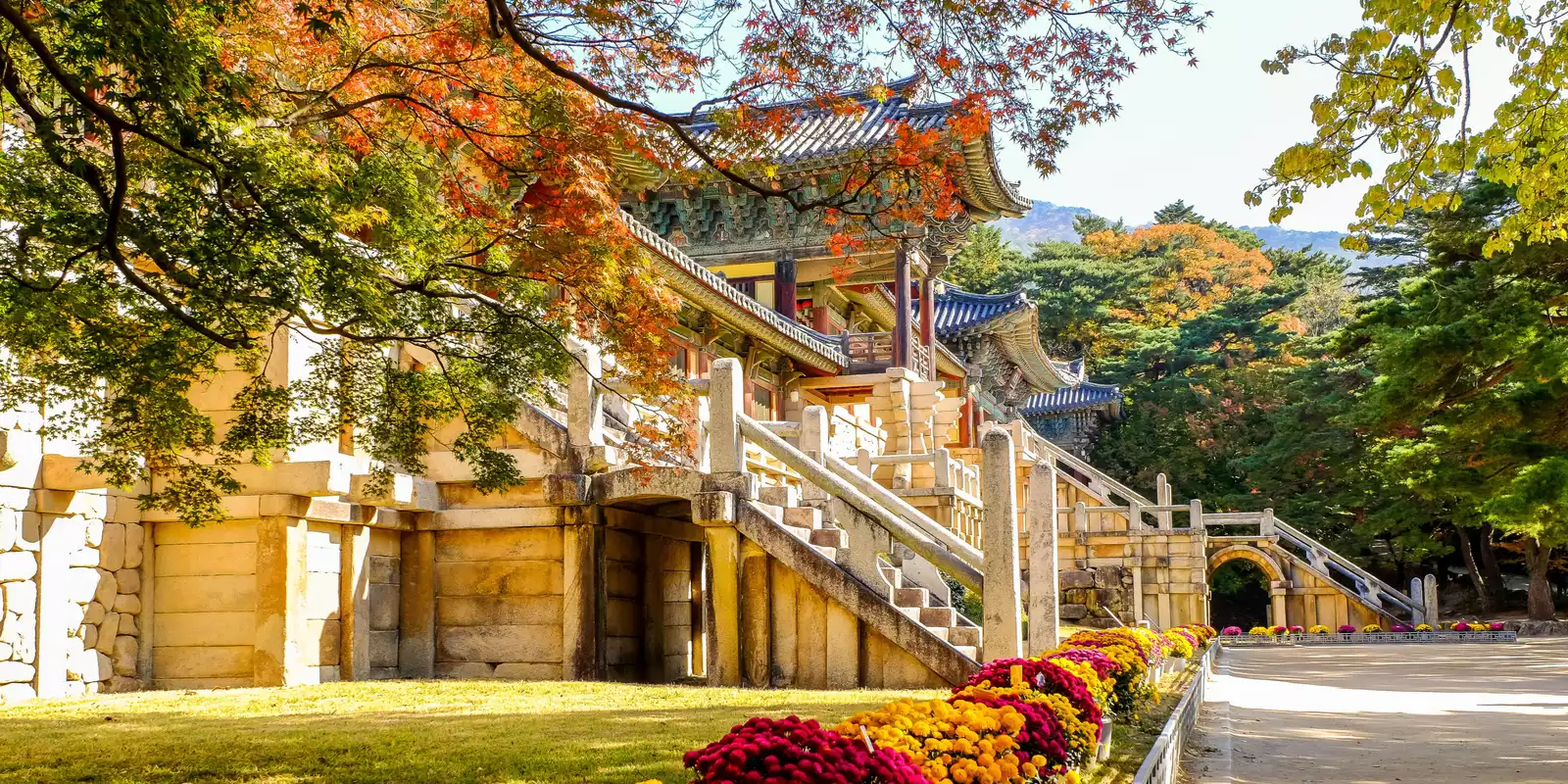
The beauty of the temple itself and the artistic touch of the stone relics are as awesome and fascinating as to be highly praised by visitors from all over the world, next Move to AndongHahoe Folk Village (170km/ 2hr 30min), Arrive at the Parking lot of Hahoe Folk Village(UNESCO)which has preserved the housing architecture and the village structure of the Joseon Dynasty. Moreover, the Village was naturally formed with people who actually live there. It has become world-famous for the visit of Queen Elizabeth II of Great Britain.
Depart from the Parking lot of Hahoe Folk Village→Move to Wonju(155km/ 2hrs)decorated with the Chiaksan Mountain and the Seom River that circles the area, and as the capital of Gangwon Province for 500 years during the Joseon Dynasty, it maintained rich tradition and cultural relics.
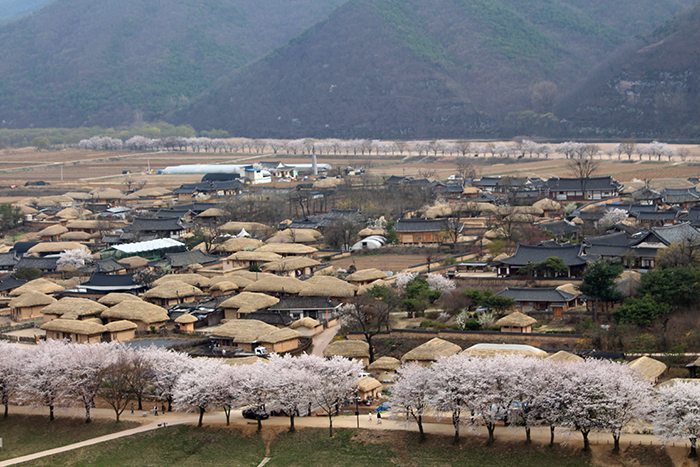
Meals: Breakfast
Accommodation: RAMADA Hotel PyeongChang or similar
Day 8: Pyeonchang – Sokcho – Mt Sorak –Seoul
After breakfast, begin the day at Alpensia Resort, the main venue of the PyeongChang 2018 Winter Olympic Games and a destination that continues to draw attention both nationally and internationally for its stunning open landscapes and scenic beauty.

After enjoying the alpine atmosphere, travel to Sokcho—a journey of approximately 1 hour and 30 minutes. Next, visit Jumunjin Hyangho Beach in Gangneung, a vibrant and youthful spot popularized by BTS as a filming location, offering surf lessons, beach parties, and picturesque views.

Conclude the day at Seoraksan National Park, where jagged peaks pierce the clouds and crystal-clear waters wind through lush valleys, creating one of Korea’s most iconic natural landscapes—recognized by UNESCO as a Biosphere Preservation District since 1982.
*During the peak season in October, Seoraksan National Park will restrict entry for buses and medium-sized buses. Therefore, the bus must park at C District Square, and you must walk 3.6km from C District Square to the entrance. So please be aware that we might not be able to visit Seoraksan National Park for this tour.
Meals: Breakfast
Accommodation: Swiss Grand Hotel or Similar
Day 9: Seoul
Today after breakfast you will have a free and leisure day, and evening you will enjoy an authentic Hanjeongsik experience, a royal Korean feast featuring tender meats, premium seafood, and fermented delicacies, all served in an elegant, cozy setting—savor famed dishes like ginseng wine, live octopus, and sweet desserts for a true taste of aristocratic dining with handbok experience.
![ICONIC FOOD] A history of Korea's overflowing table: While it looks traditional, hanjeongsik is actually a fairly new style of eating](https://koreajoongangdaily.joins.com/jmnet/koreajoongangdaily/_data/photo/2019/05/26192405.jpg)
Meals: Breakfast
Accommodation: Royal Hotel Myeongdong or similar
Day 10: Seoul
Free Leisure in Seoul City

Meals: Breakfast
Accommodation: Royal Hotel Myeongdong or similar
Day 11: Leaving Seoul
After breakfast at your hotel, you will be picked up at your hotel lobby 4 hours before your flight departure.
Meals: Breakfast
Accommodation: N/A

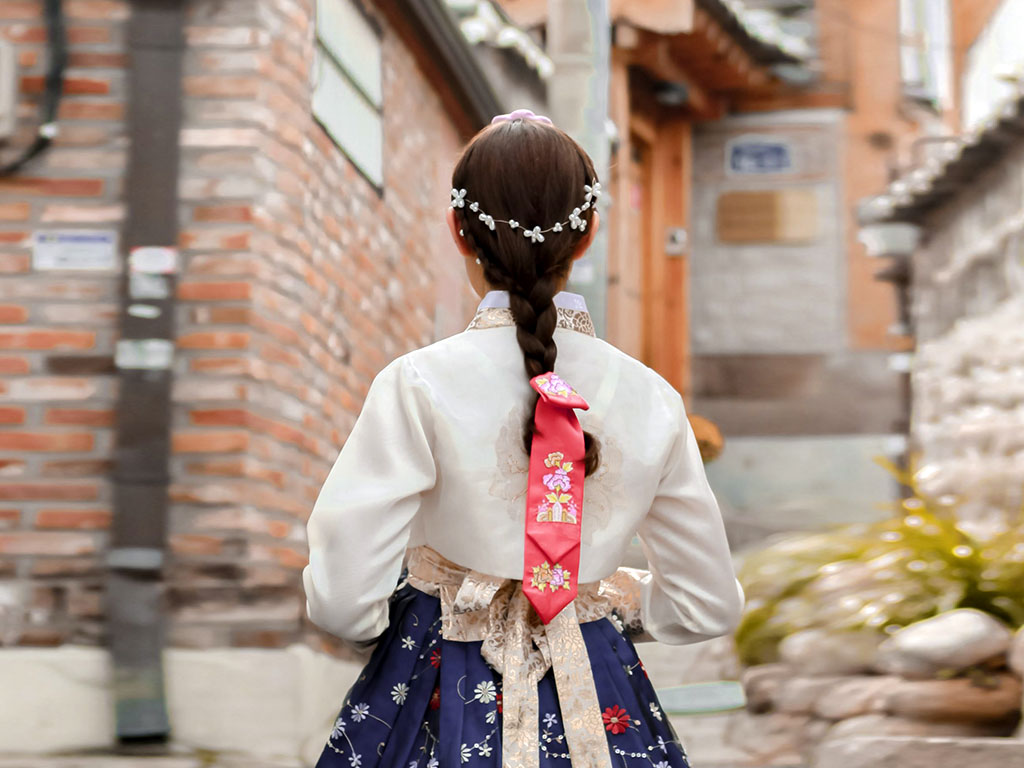
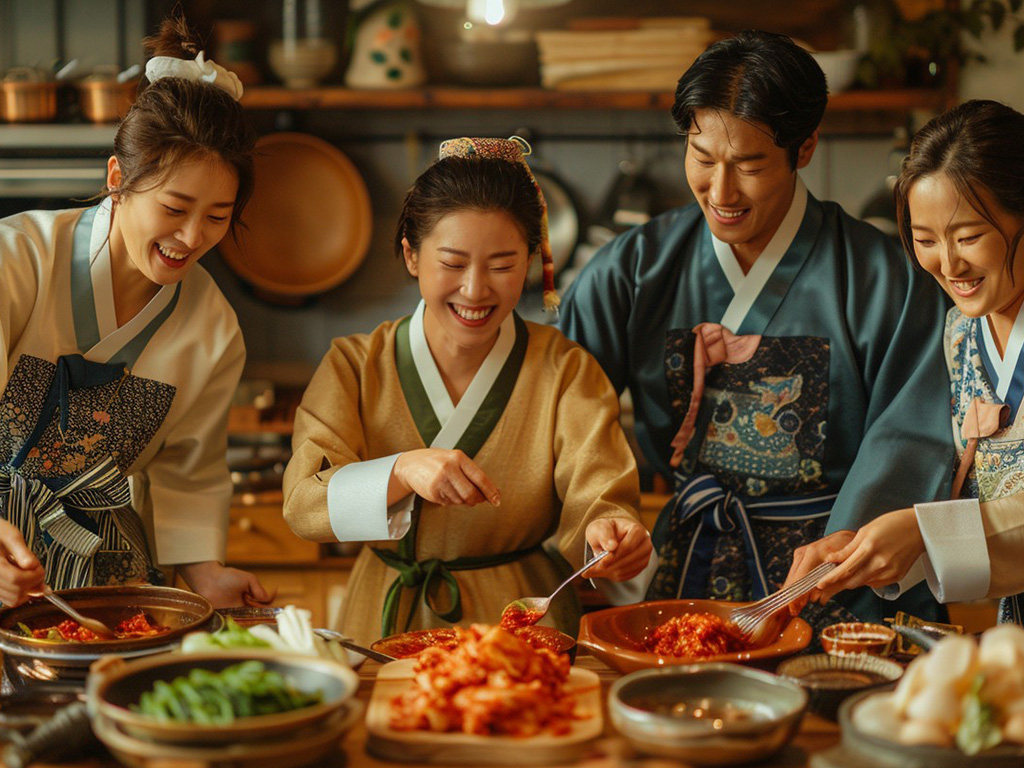
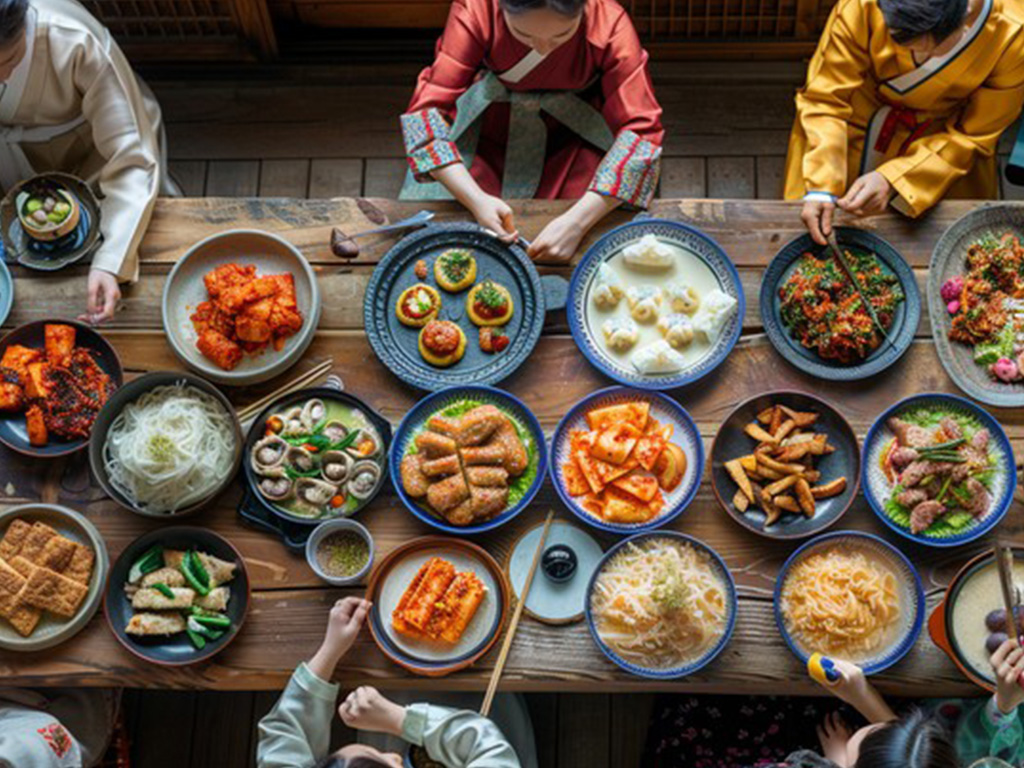
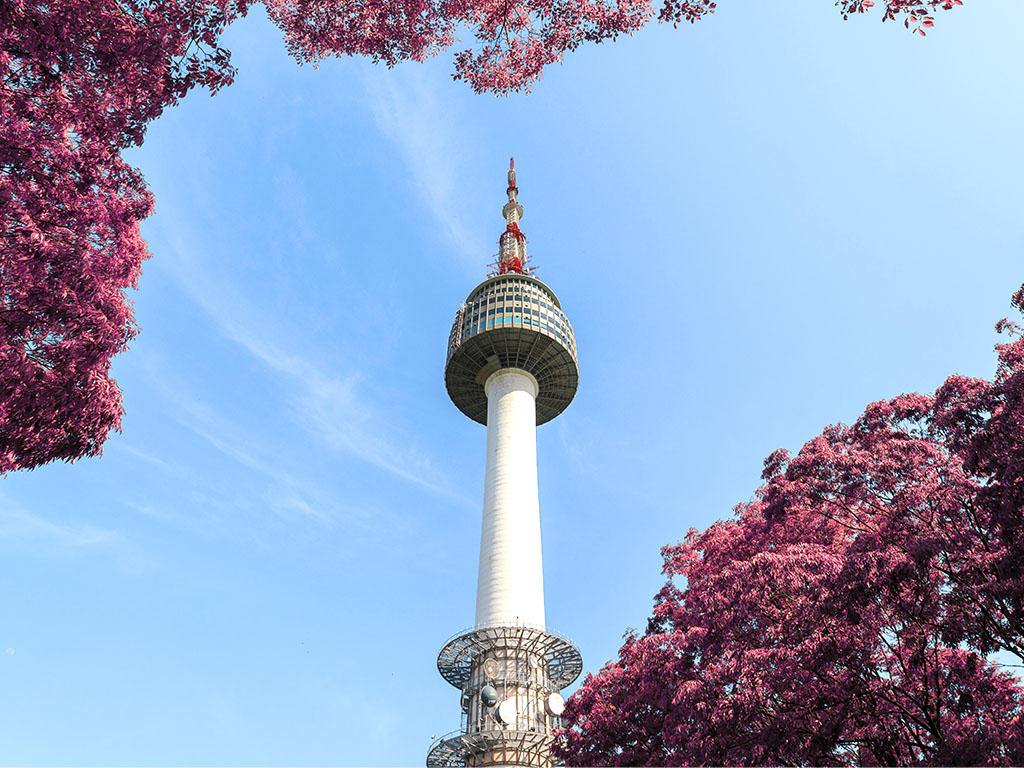
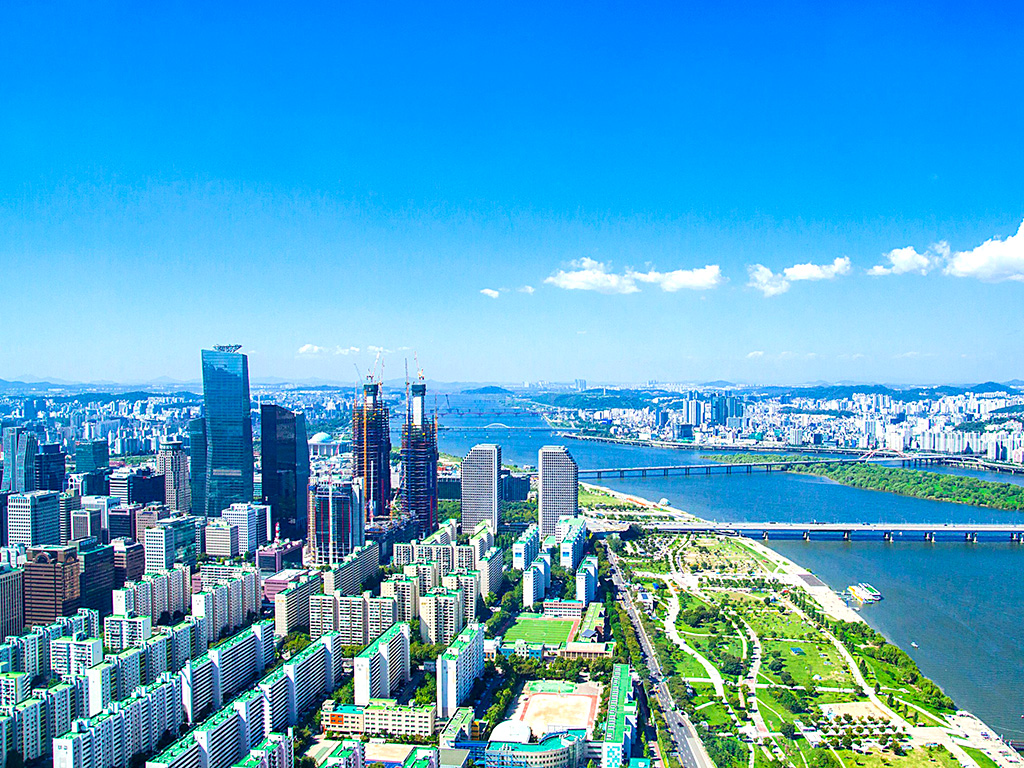
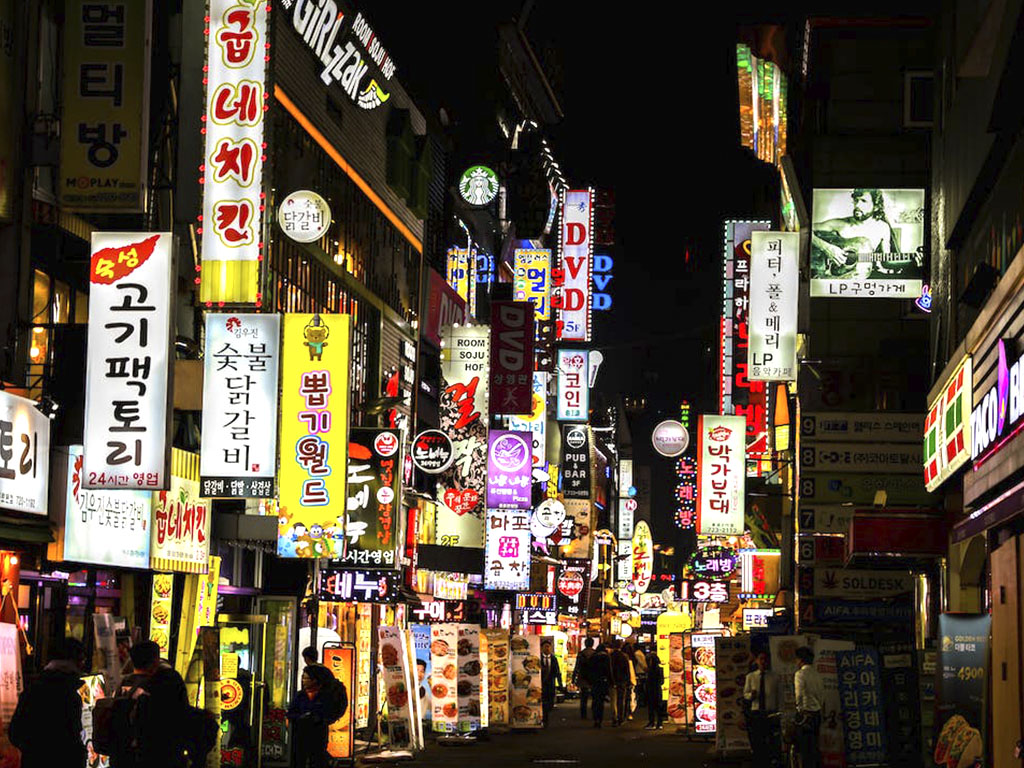
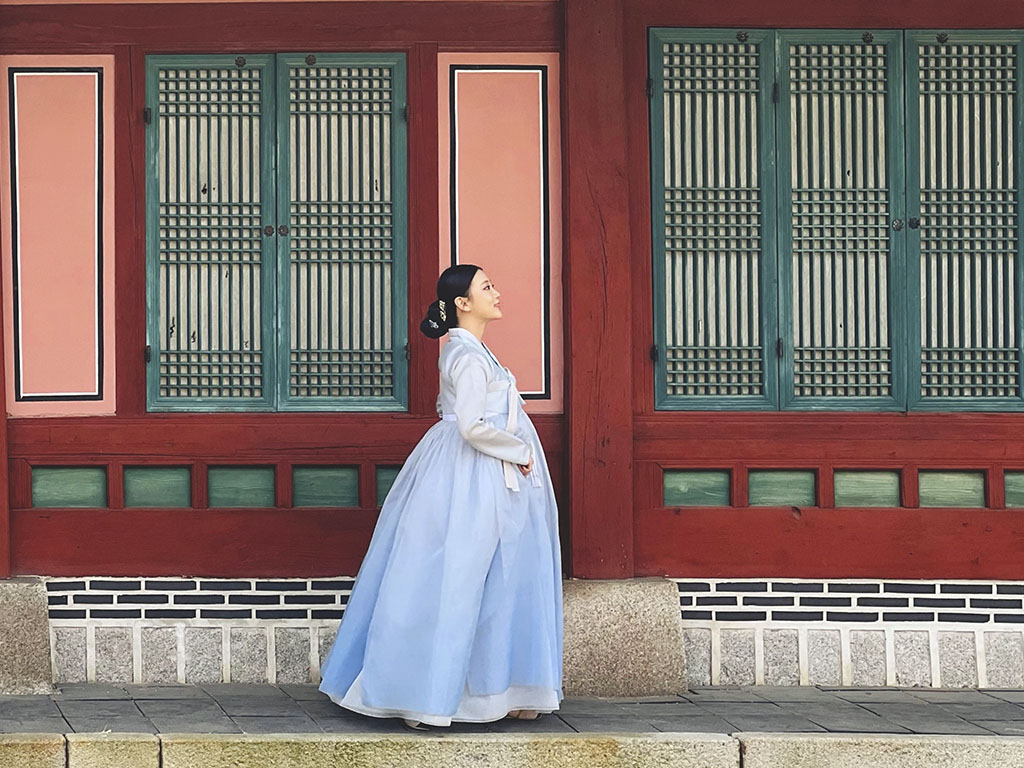
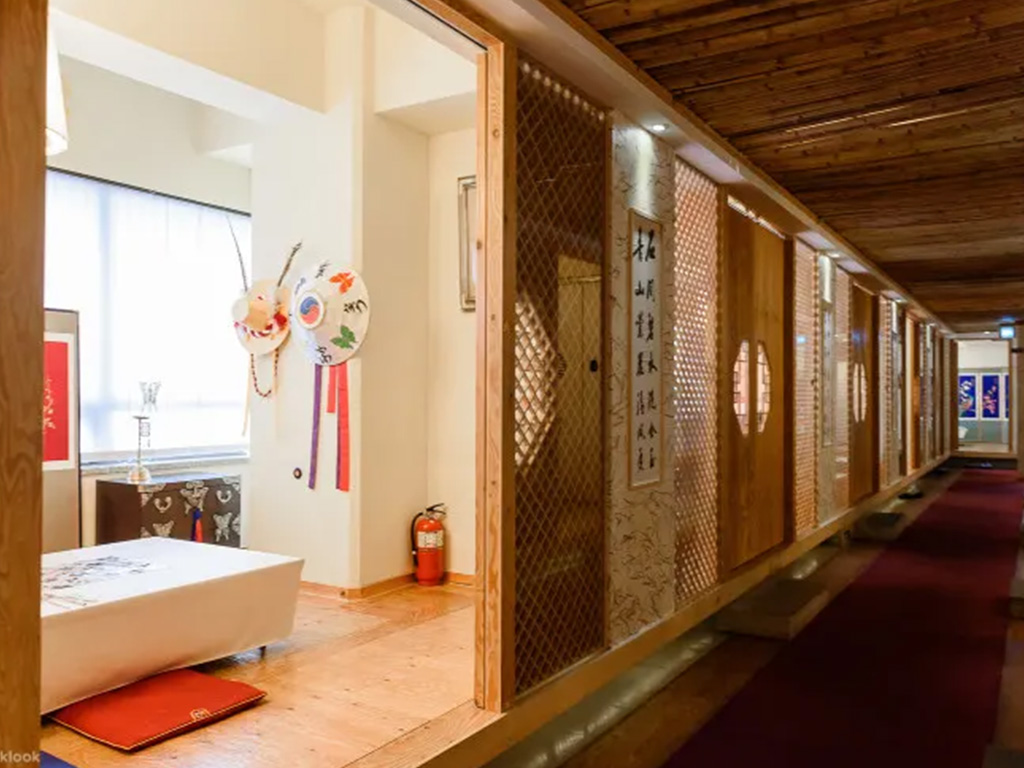
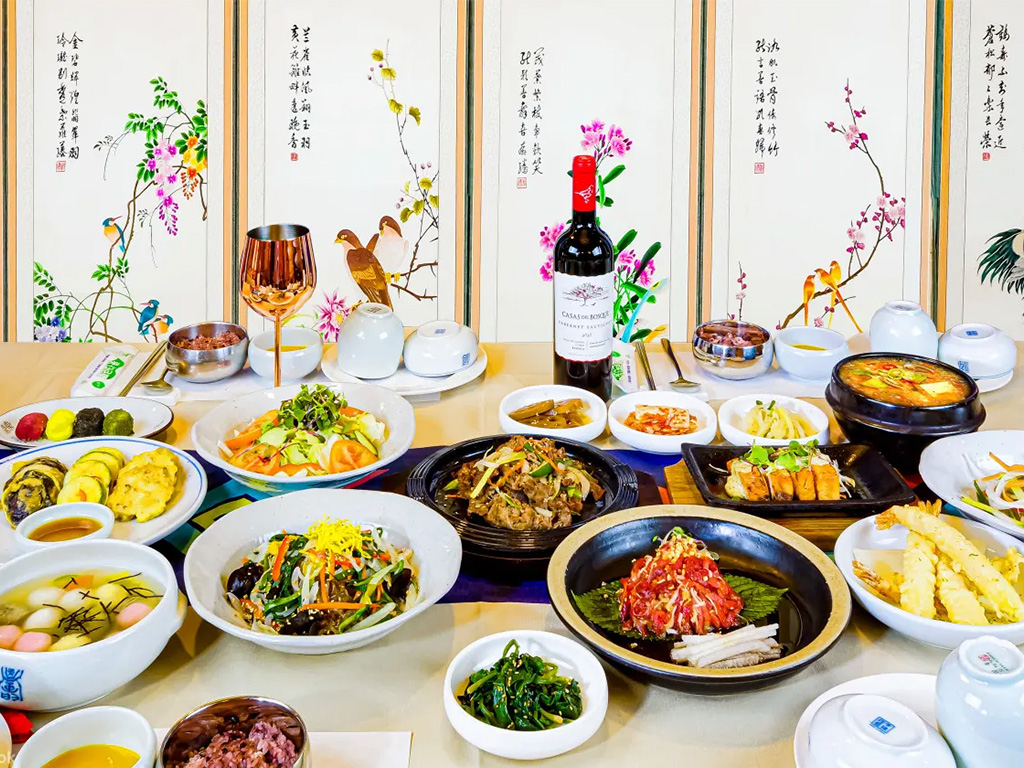
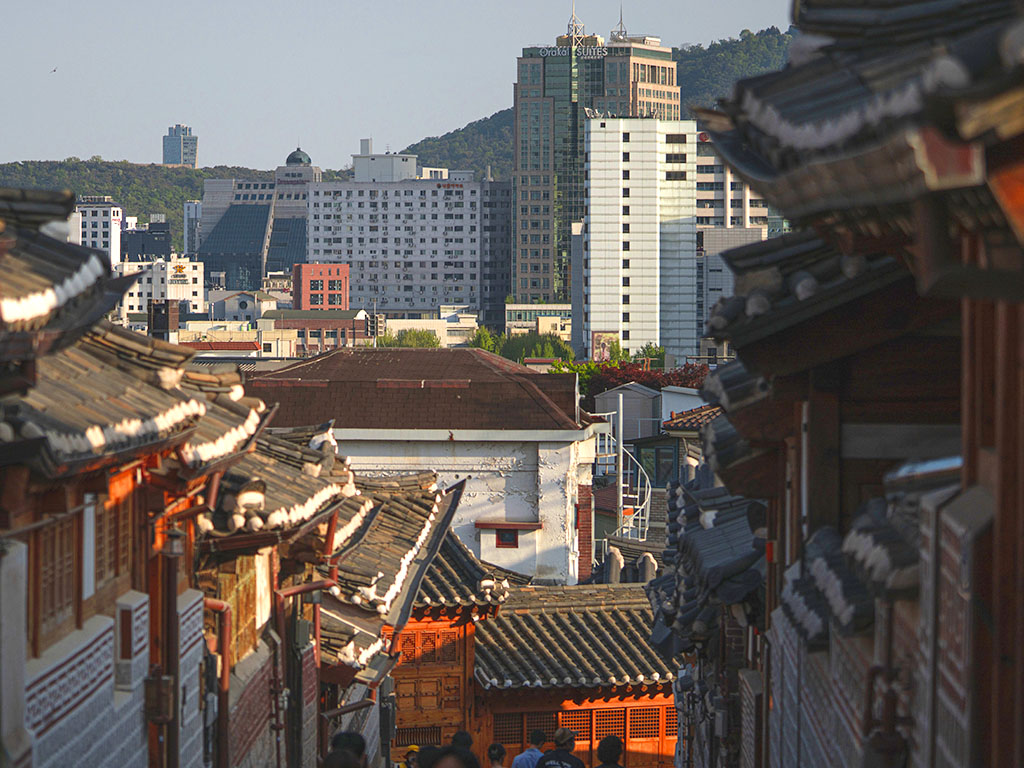
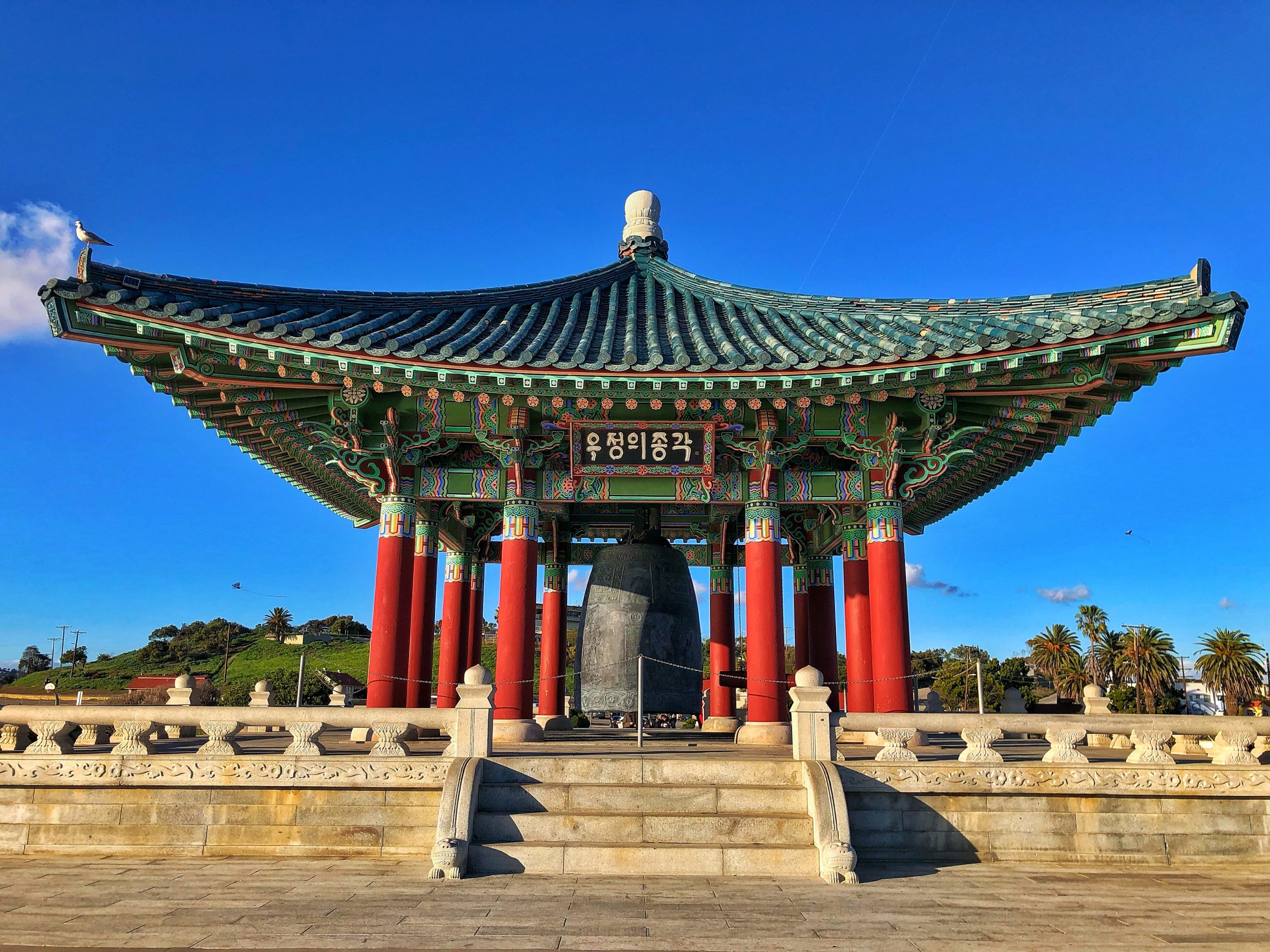












![ICONIC FOOD] A history of Korea's overflowing table: While it looks traditional, hanjeongsik is actually a fairly new style of eating](https://koreajoongangdaily.joins.com/jmnet/koreajoongangdaily/_data/photo/2019/05/26192405.jpg)

